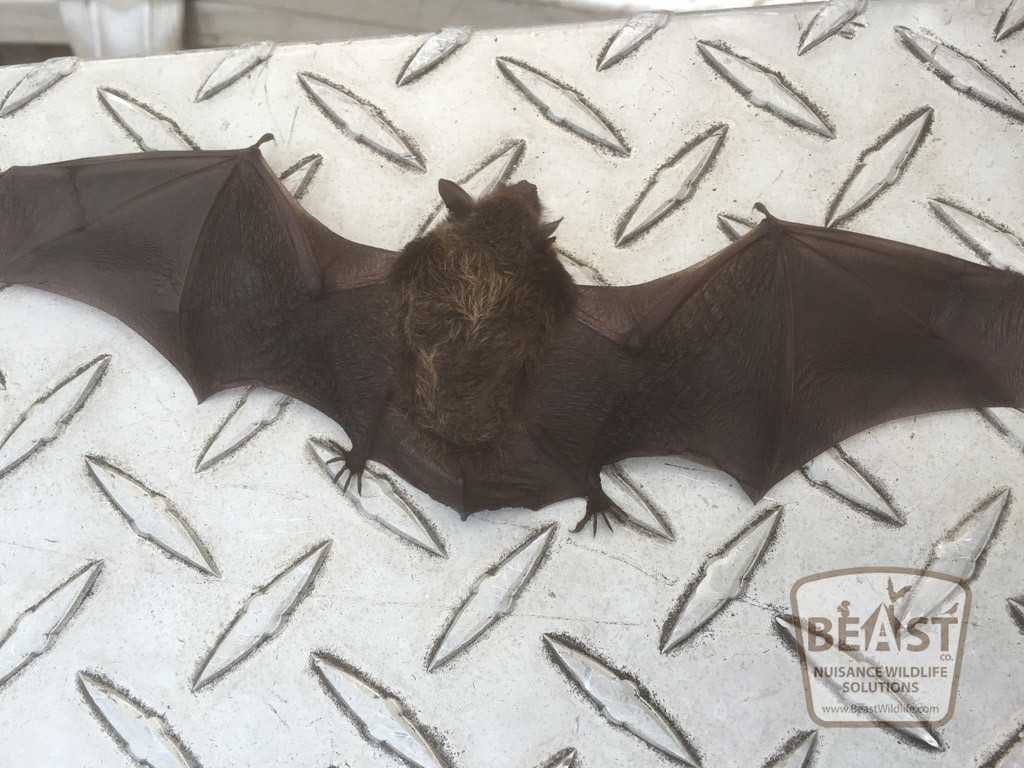Because some bats hibernate in attics and outbuildings they can be a problem for people.
Do bats hibernate in attics in winter.
However there are many creatures that do including bats.
They rarely hang from the ceiling in an attic during the winter because it is too cold.
Bats can leave droppings called guano all over an attic.
Big brown bats have figured out that attics can provide the perfect temperature for survival and have adapted to hibernating in attics rather than caves.
Bats often hibernate under insulation to get near warmth from a wall or ceiling.
Unfortunately for humans we do not have the ability to hibernate.
Bats most common source of food are insects.
Bats begin to hibernate from late fall until spring arrives.
Unlike true hibernation bats in this state can wake briefly on warmer days and leave their roost to find meals.
Yes bats do hibernate but it s not the same kind of deep sleep that other animals like groundhogs do.
Bat require specific temperatures for hibernation ranging from 35 40 degrees fahrenheit.
If the hibernacula temperature is too warm then they expend too much energy.
Safe humane removal requires professional expertise and the team at critter control is here to help.
Accumulated feces in their roosts may cause the respiratory disease histoplasmosis in humans.
It s called a state of torpor.
Bats are animals that hibernate during the winter months and will use your home s attic to do it.
When this happens bats hibernate.
Bat bites can also transfer rabies.
This allows them to survive for long periods without having to eat.
The smell can be overpowering and it can also spread diseases.
While some bats do other bats simply migrate.
In ontario big brown bats and little brown bats can use the attic space of a home as their resting place.

